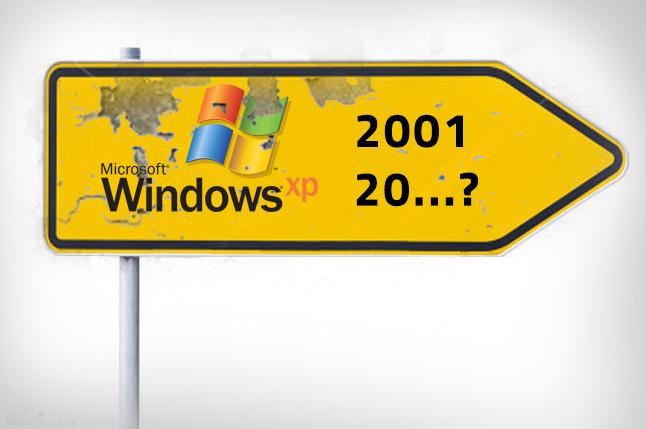
In a blog post, Neil MacDonald, VP and Gartner fellow, says the issue is not whether the continued use of XP entails risk. It does. The issue is whether the continued use of XP represents manageable and tolerable risk to the enterprise.
If XP systems are continued to be used, Gartner recommends that organizations follow the 10 best practices below to reduce the risk of using these systems to a tolerable level.
1. Restrict network connectivity to minimum: Protecting XP systems is easier when other systems can't communicate to them over the network, the primary vector for attacks.
2. Implement an app control solution: This can be accomplished using a dedicated solution, a host-based intrusion prevention system (IPS), or Microsoft's Group Policy object (GPO)-based software restriction policies to establish a "lockdown" posture for XP to prevent the execution of arbitrary code.
3. Remove administrative rights: This should be mandatory for all remaining users on Windows XP.
4. Address the most common attack vectors: Remove Web browsing and email software from XP systems, and provide these capabilities from a server-based system that is up to date.
5. Keep the rest of the software stack updated including Office: Vendors of other software solutions and versions running on these XP systems may continue support. This further minimizes the vulnerable surface area that can be attacked.
6. Use a network or host-based IPS to Shield XP Systems: Confirm that your IPS vendor will continue to research vulnerabilities and attacks on XP and provide filters and rules to block these attacks where possible.
7. Monitor Microsoft: Microsoft will not publicly disclose if new vulnerabilities against XP are discovered (unless you have paid for custom support). However, pay particular attention to critical vulnerabilities that affect Windows Server 2003 as these will likely impact XP.
8. Monitor community chat boards, threat intelligence feeds: Third-party threat intelligence feeds are an independent source of information. Communities of interest are expected to emerge specifically for sharing information related to XP.
9. Have a predefined process ready if an XP breach occurs: Have a plan to isolate XP workstations in the event of an attack that gains a foothold by quarantining these systems from a network perspective until mitigating steps are understood.
10. Perform a cost/benefit analysis: The cost and resources to implement the steps above might be better spent in accelerating the migration of the remaining XP systems, or it might be simpler to pay Microsoft for custom support.
If organizations do not implement these best practices, they could consider paying Microsoft for custom support if the enterprises’ risk tolerance is low, or if regulations require.
Also read...
How to Migrate From Windows XP Securely
How to Upgrade from Windows XP to Windows 7

 In
In
Add new comment